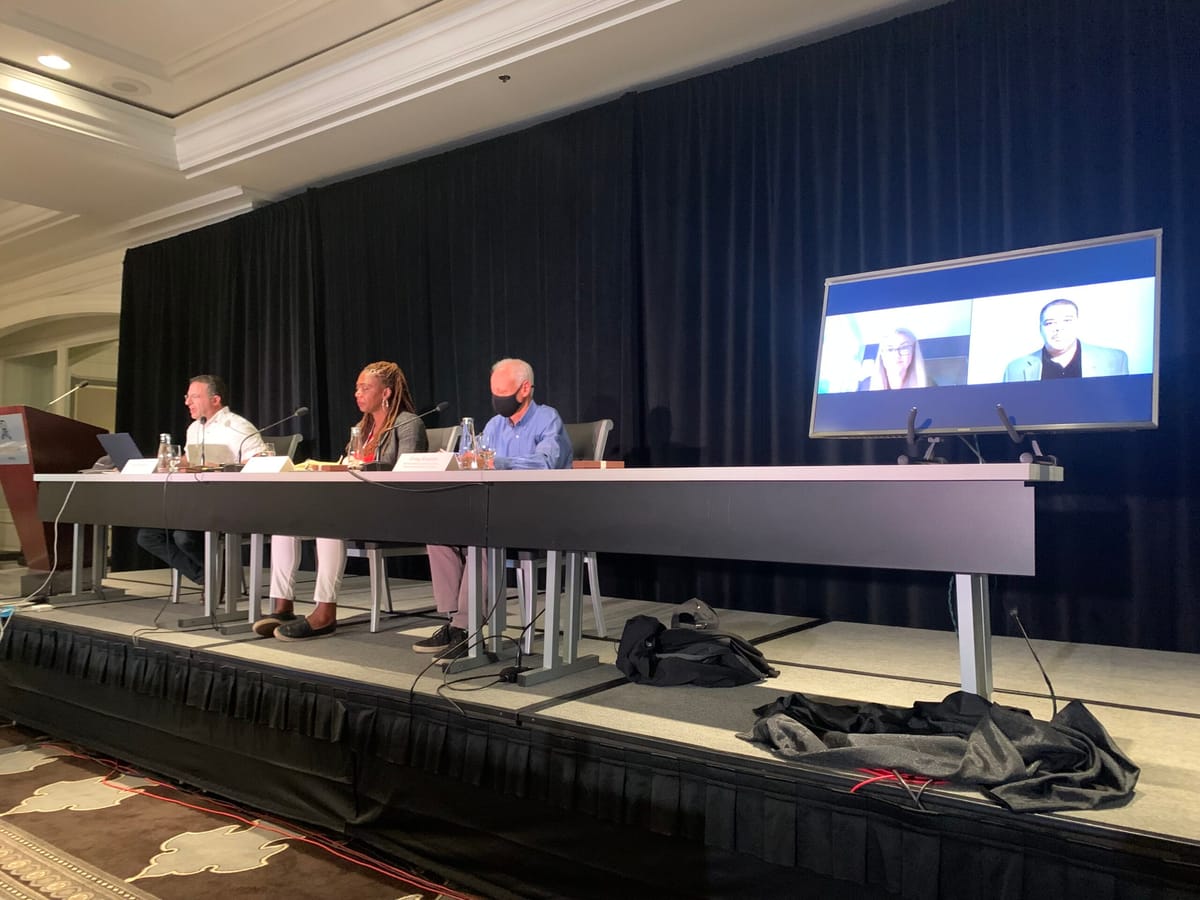Aspen Forum Experts Discuss How to Best Allocate Billions of Dollars for Broadband Spending
Experts agreed that outreach and marketing to historically underserved and marginalized communities must be a part of the discussion.
Benjamin Kahn

ASPEN, Colorado, August 20, 2021— The COVID-19 pandemic has made it clear that, because those who do not have access to the internet cannot fully participate in society, the Congress broadband infrastructure program should focus on addressing affordability rather than availability, said expert Greg Rosston, speaking at the Technology Policy Institute forum here on Monday.
Rosston, senior fellow at the Stanford Institute for Economic Policy Research director of the public policy program at the university, was among the panelists at the Aspen Forum addressing the question, “How Should We Spend $100 Billion on Broadband?”
Of course, the precise amount approved 69-30 by the Senate vote on August 10 was $65 billion. That measure awaits an uncertain fate in the House of Representatives as the matter is tied up in broader budget questions.
But for Rosston – who said that even just a few years ago many people would have argued that individuals do not necessarily need access to broadband from their homes — because affordability impacts a greater number of Americans than availability, that should be where the bulk of spending should be concentrated.
Other experts weigh in on funding priorities
Dominique Harrison advocated for outreach, marketing, and advertisement of the availability of broadband funding. Technology policy director at the Joint Center of Political and Economic Studies, she said that while many programs designed to bridge the digital divide receive funding, many Americans do not even know the programs exist and don’t take advantage of them.
Greater efforts need to be made to reach historically underserved communities, which may harbor feelings of resentment towards the federal government and are loath to trust them or take advantage of their programs, said Donald Cravins, executive vice president of the National Urban League .
“There are organizations in these communities that people trust,” he said, “We may not know what these communities are going through, but these organizations do.”
States need to ensure that they avoid overbuilding, said Michelle Connelly of Duke University. She said that was one of the pitfalls that is becoming more apparent in the wake of RDOF.
Rosston responded with a sentiment shared by TPI President and Senior Fellow Scott Wallsten and FCC Commissioner Brendan Carr—stating that RDOF’s failures were due to insufficient mapping and data collection efforts.
Agreement on the need for better broadband mapping and data
The panel unanimously supported increased spending to improve access to mapping and data information, arguing that without these basic building blocks, neither the government nor prospective carriers would even understand the extent of the issues plaguing American connectivity.
On a final note, Cravins said that marginalized communities historically have had been left out of the agricultural and industrial revolutions of the last two centuries. America cannot afford to leave another generation behind during the digital revolution, he said.










Member discussion